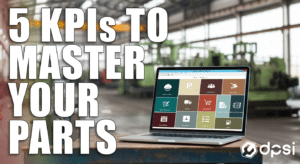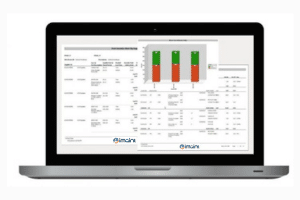A company must perform maintenance on their assets in order to maximize return on investment (ROI). Deciding on an appropriate asset maintenance policy for each of your assets is important to creating an effective maintenance environment. A maintenance policy defines your approach to maintaining a particular asset.
It’s important to consider the impact of asset failure as well as asset performance, reliability, age and condition when deciding what type of maintenance policy to use. There are three different maintenance policies to choose from:
- Use-based maintenance is triggered by time, meter, or event. Changing the oil in your car every 3,000 miles is an example of use-based maintenance. You simply replace the oil at a given interval.
- Failure-based maintenance refers to running an asset to failure. A failure-based approach to vehicle maintenance would be to not change your oil at all and run the engine to failure.
- Condition-based maintenance is a maintenance policy that assesses the actual condition of an asset to determine whether maintenance needs to be done. Going back to the example of an oil change, you would have to inspect the oil and do a lubrication analysis to determine the level of particulates in the oil and decide whether it’s time to change the oil.
The goal of condition-based maintenance is to predict equipment failure so that maintenance can be scheduled only when it is needed. Condition-based maintenance is performed before the asset fails or performance is hindered. Condition-based maintenance lowers disruptions to normal operations, reduces the costs of asset failure, minimizes unscheduled downtime and improves the reliability of equipment.
How to Choose the Right Asset Maintenance Policy
There are several factors you ought to consider before choosing a maintenance policy for an asset, such as the following:
- Risks of failure
- Maintenance costs
- Asset performance
- Asset reliability
For some assets, the risk of failure is too huge from a liability perspective, so a failure-based maintenance policy wouldn’t be an appropriate choice. The costs of a maintenance policy are also important to consider. Condition-based maintenance is the most expensive because it requires regular inspection and maintenance work as well as a one-time investment in equipment, such as sensors and monitoring equipment. Avoiding asset failure with a condition-based maintenance policy is recommended if an asset’s failure could lead to safety risks or a loss of reputation and sales. While it’s less costly upfront to set up a use-based maintenance policy, it could be more expensive in the long run since use-based maintenance is performed regularly, regardless of an asset’s condition.
When deciding on an asset maintenance policy, consider what an asset does, what would happen if it fails and the probability of it failing. Consider each maintenance policy’s one-time and ongoing costs, risks and benefits. Once you determine an appropriate maintenance policy for each of your assets, create work plans in your computerized maintenance management software (CMMS). You can use CMMS software to schedule condition-based maintenance inspections and use-based maintenance tasks, as well as create work orders for failure-based maintenance.
Interested in CMMS or enterprise asset management (EAM) software to implement the right maintenance policy for each of your assets, check out DPSI’s maintenance management software options. Our solutions enable a Contact us for more information or sign up for a 30-day free trial.





